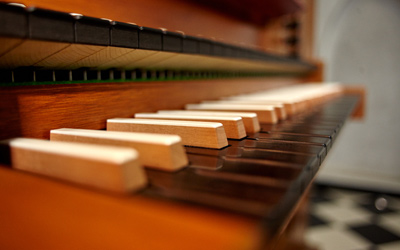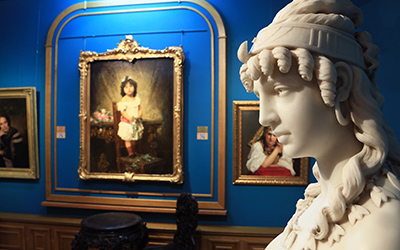WALKING IN VLADIVOSTOK
Route 3. In Arsenyev’s footsteps.
When you want to get acquainted with the detailed history of Vladivostok and Primorye, set out on this engrossing route. It is short, but none the less interesting. Start your tour with a visit to the Arsenyev Museum, Ulitsa Svetlanskaya 20 (Svetlanskaya Street).
After diving into the world of indigenous peoples of the region and learning about ancient archaeological findings and the flora and fauna of Primorsky Krai, continue uphill on Svetlanskaya (Svetlanskaya Street). Incidentally, near the museum there is an interesting shop under the sign "Flotsky Univermag" ("Naval Emporium") where you can buy not only souvenirs with symbols of the sea, but genuine Russian military uniform accessories like a blue-and-white striped sailor’s shirt, caps, visor hats, and much more.
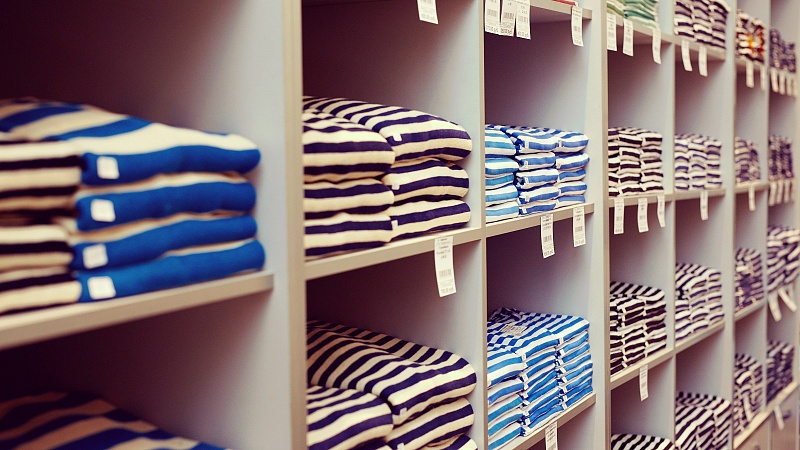
Moving further along Svetlanskaya (Svetlanskaya Street) toward the sea, you will find several trendy restaurants and shops located in historic buildings. In one of the courtyards at Svetlanskaya 5 (Svetlanskaya Street) lurks the “Contemporary Art Gallery – Arka". Written on an adjacent wall is their understanding of art as expressed by street artists.
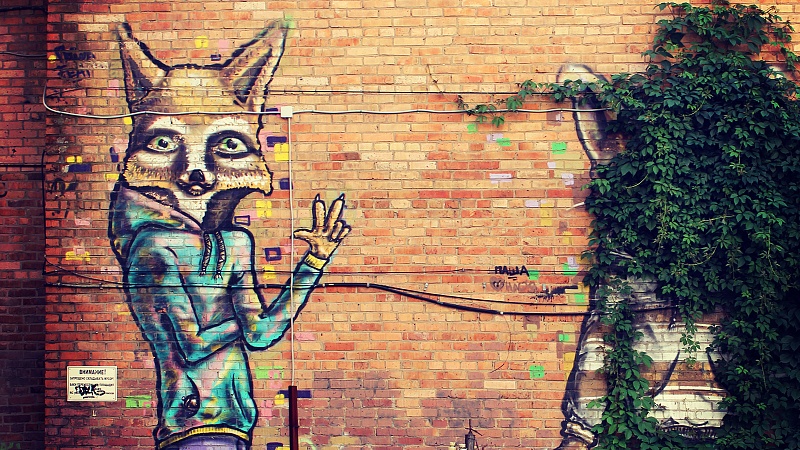
A bit down Svetlanskaya (Svetlanskaya Street), the Hotel Versailles, which is more than a hundred years old, will attract your attention.
Crossing the road and keeping the Sportivnaya Gavan (Sports Harbor) embankment (naberezhnaya) on the right, you will see the "Ocean" movie theater (Kinoteatr "Okean"). In the main hall there they recently completed installation of IMAX-format technical equipment. So, now you can watch movies with high quality pictures and sound that creates a special effect so viewers in the hall feel like they are directly present in the center of the film’s events. If you are in Vladivostok in September, the so-called "velvet season," when the theater becomes a main venue for the "Pacific Meridian" Film Festival, it would be worth your while to attend a showing of a Japanese, Chinese or Singaporean film.
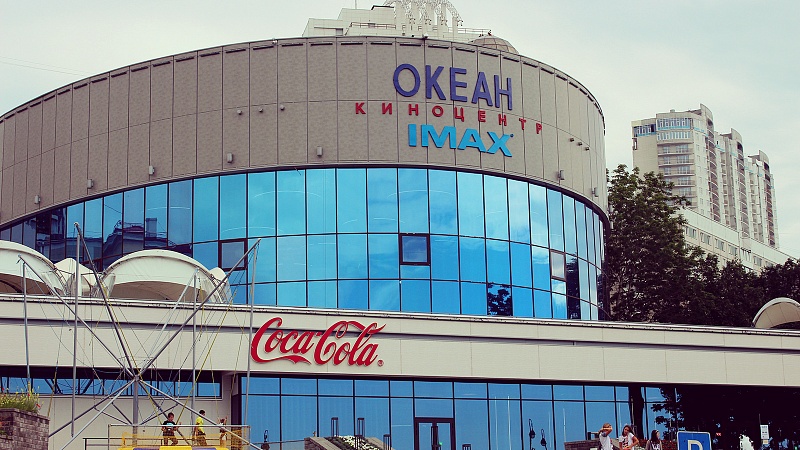
When you circle your way around the theater, you will come face to face with the master of the taiga - the Siberian tiger (Ussuriisky tiger), immortalized in bronze. Among tourists it is considered a good omen to scratch the cat behind the ear. The hill where this sculpture sits is named “Tigrovaya” (Tiger). In the early years of life in Vladivostok, tigers were frequent guests in the streets who induced panic in residents. They nearly annihilate all the local dogs, attacked the horses, cows, and even people. These days only bronze or stone tigers can be found on the streets.
But if you still want to see live tigers in their natural environment, go to the Safari Park not far from Vladivostok. Out regional tigers are loved and even worshiped - the tiger is depicted on the city crest, and every year in late September in Vladivostok is a special holiday - Day of the Tiger.
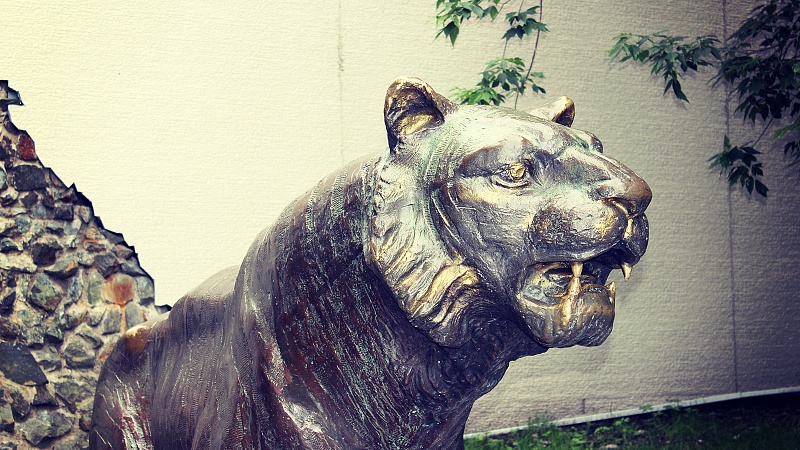
A selfie taken with the tiger, we can move on. Above the theater is a square named after the famous Russian naval commander and scientist, Vice-Admiral Stepan Osipovich Makarov – where there is also a monument to the officer and scholar. In the late 19th century Makarov made a number of proposals for improving the fleet: he introduced smokeless gunpowder, invented special tips for shells that penetrated very strong armor, and participated in the creation of the first Russian icebreaker "Ermak”. Pacific Squadron Commander S.O. Makarov was killed during the Russo-Japanese War in February 1904 near Port Arthur when his battleship "Petropavlovsk” hit a mine.
Near the Square is a Korean-grill café called "Busan." If you have gotten hungry by now, you can try different kinds of marinated meat here. A grill is built right into the table, so guests can cook for themselves according to their own preferences.
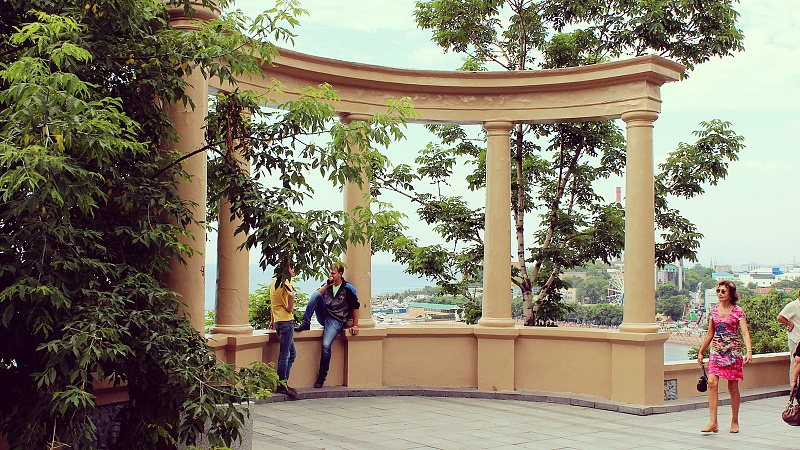
Back out on Ulitsa Naberezhnaya (Seafront Street), walk up a bit to the rotunda. This place is very popular with Vladivostok romantics. Although you won’t get much privacy here, you can admire stunning views of Amursky Zaliv (Amur Bay). On Military Fleet Day, which is celebrated at the end of July, it is better to occupy a place near the rotunda early since this is the best vantage point for observing the parade of warships.
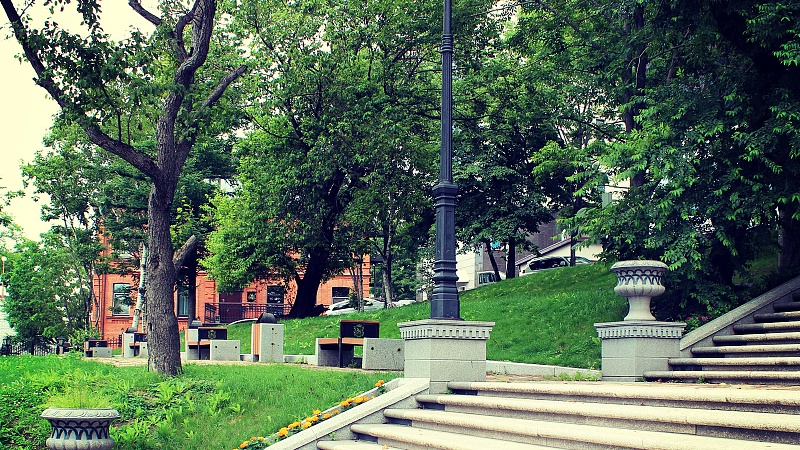
Not far away, next to “AZIMUT Hotel Vladivostok", is another square that bears the name of Russian writer Anton Chekhov, who visited Vladivostok in 1890. It is not known whether he walked in these exact places, but in a preserved letter Chekhov wrote to his friend that there was wonderful, warm weather in Vladivostok in October, and "an actual whale going along the bay splashing its giant tail left an impression that remains, in a word, splendid. Peaceful times in Vladivostok, as in Europe, are not boring. And what delicious fish! Oysters along the coast are large and tasty." Incidentally, whales can also be sighted these days near Vladivostok.
From the seaside, we turn onto Ulitsa Pervaya morskaya (First Marine Street). Walking through Vladivostok, you will have noticed that the names of many streets are associated with the sea - Beregovaya, Katernaya, Korabelnaya, Korallovaya, Matrosskaya, Okeansky Prospekt, Rybatsky Pereulok (respectively - Coast, Cutter, Ship, Coral, Sailor, Ocean Avenue, Fisherman's Lane). It is impossible to imagine life in Vladivostok without the sea; the world's first female sea captain, Anna Shchetinina, who lived in our city, probably thought the same of her own life. Her house is located in this area on Ulitsa Posietskaya (Posietskaya Street).
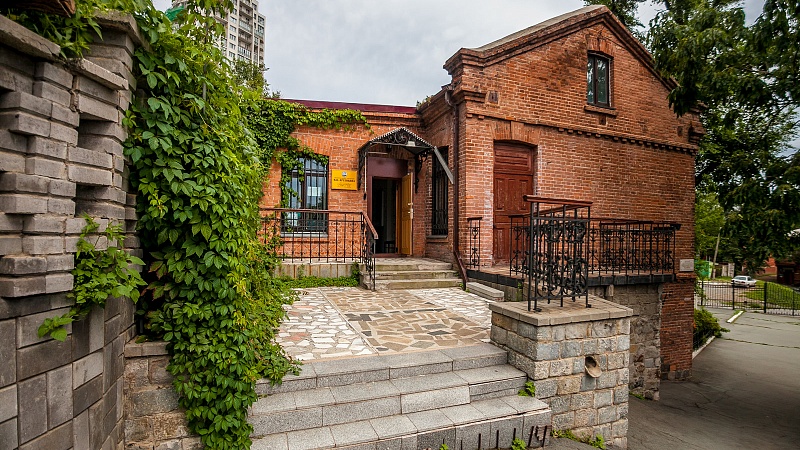
Now we go down Ulitsa Pervaya morskaya (First Marine Street) a short way and turn right on Ulitsa Arsenyeva (Arsenyev Street). Go to the end of the street and straight to the memorial house-museum of Vladimir Arsenyev. Here this outstanding Russian writer, scholar, and adventurer, who made such an enormous contribution to the development of the Far East, lived and worked. The house was built in the early 20th century. Once inside, you are easily transmitted to that time as all items are authentic – the bookcase, bentwood chairs, the rocking chair, globe, typewriter, photographs and documents. Any indefatigable traveler will be interested to peruse Arsenyev’s expedition journals, consider his personal hiking tools and archaeological finds.
And when you are inspired by the work of the researcher, it is possible to set off on a new route.
If you liked this article, share it with friends:
Come to Vladivostok!
We recommend
History and Culture
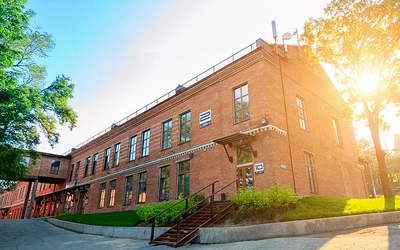
Zarya center for contemporary art
Visit an exhibition of contemporary art, work, relax, read and simply chat with creative people.
